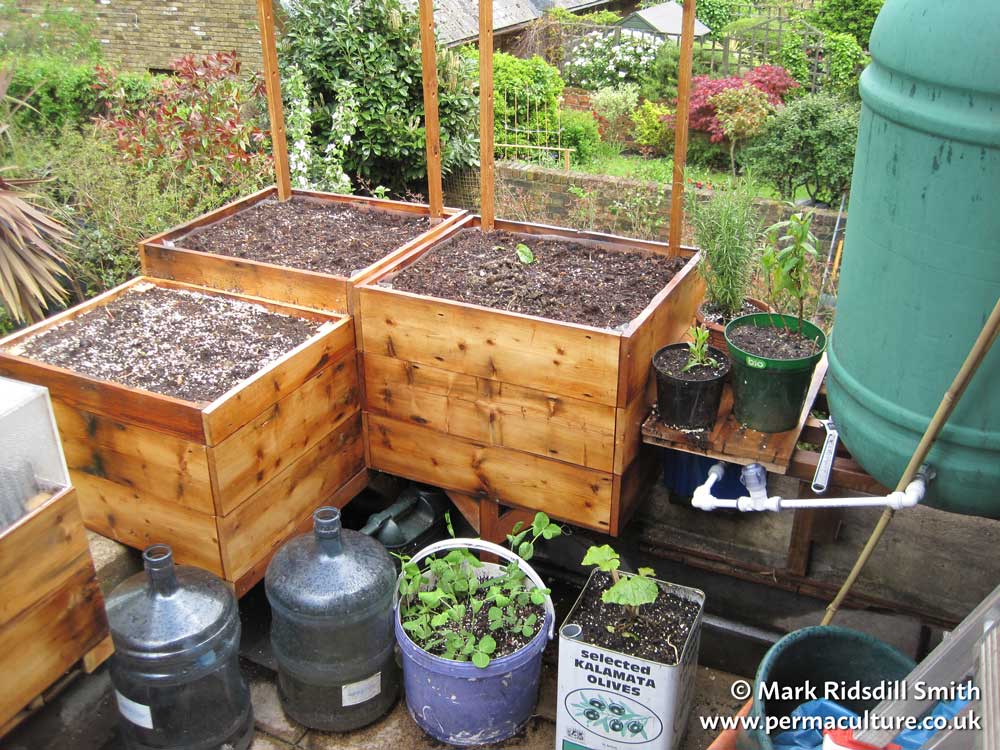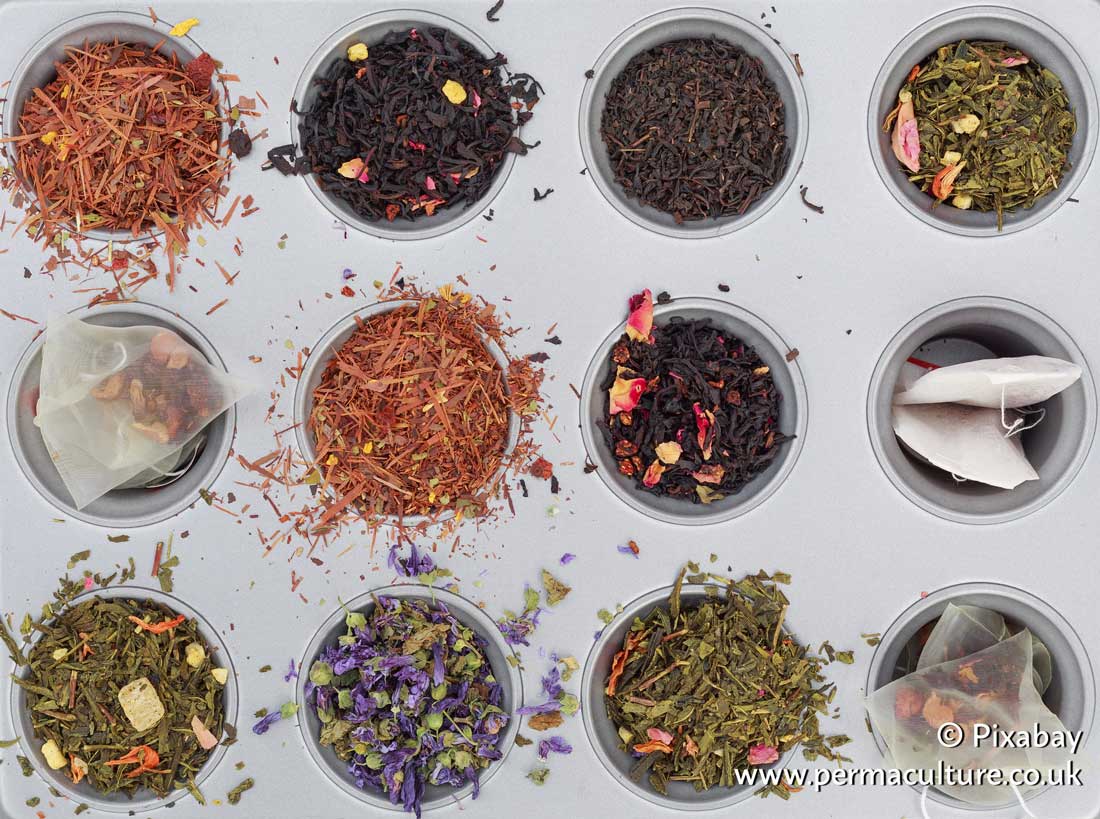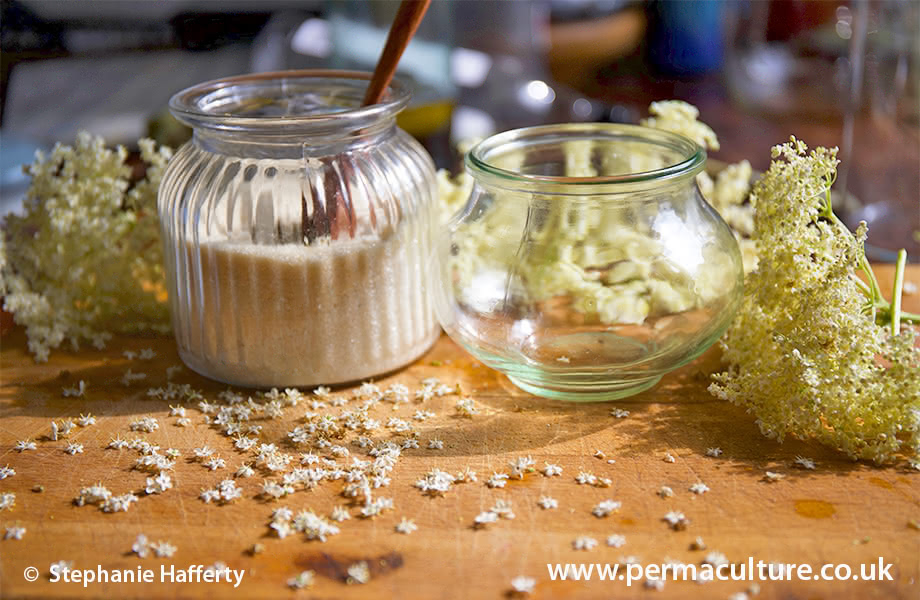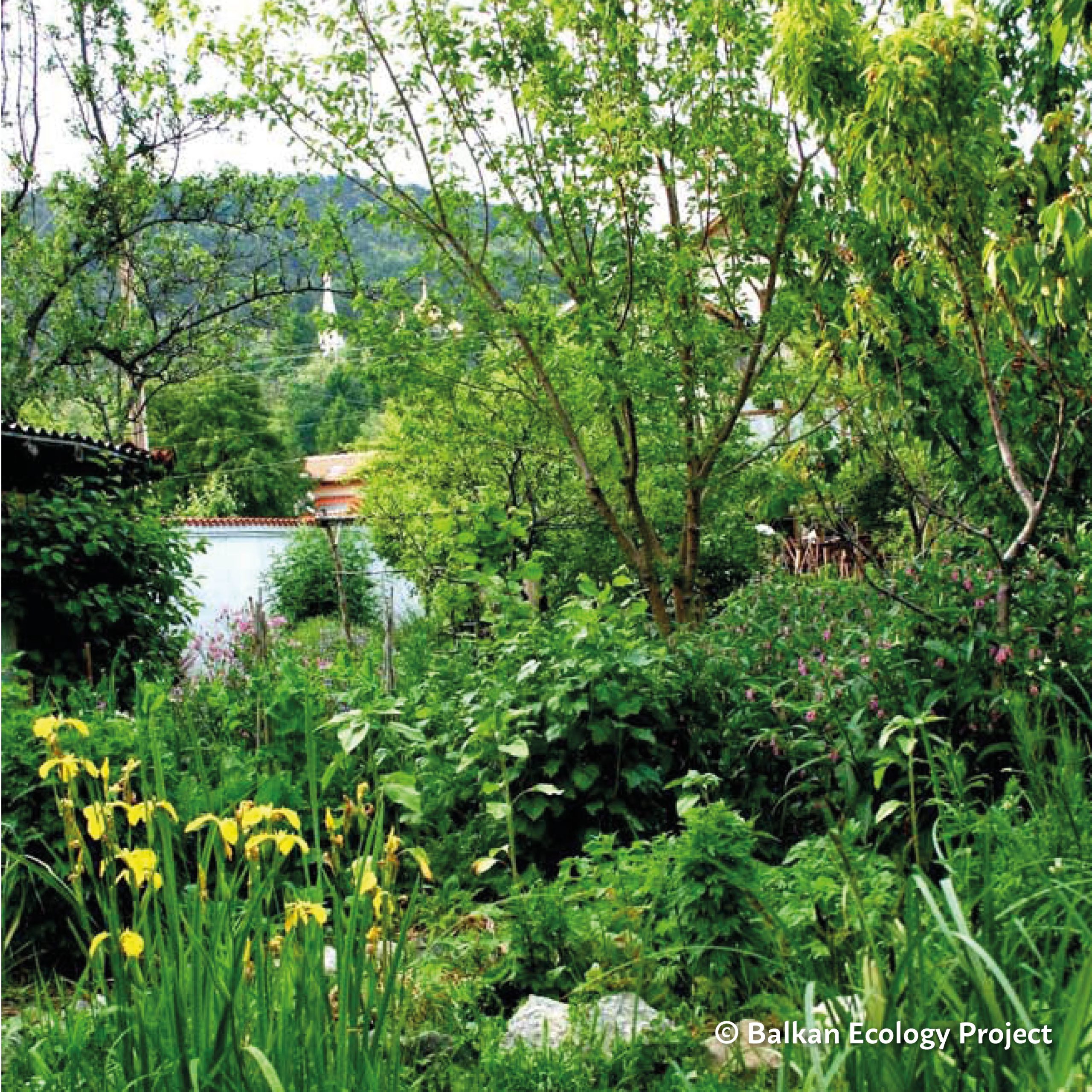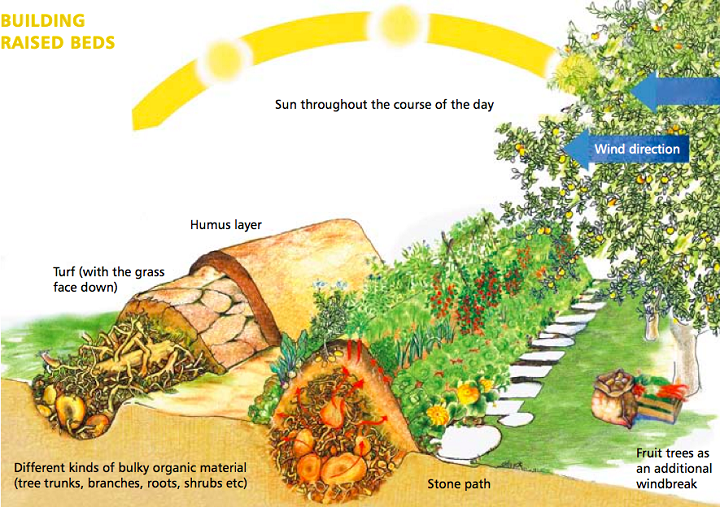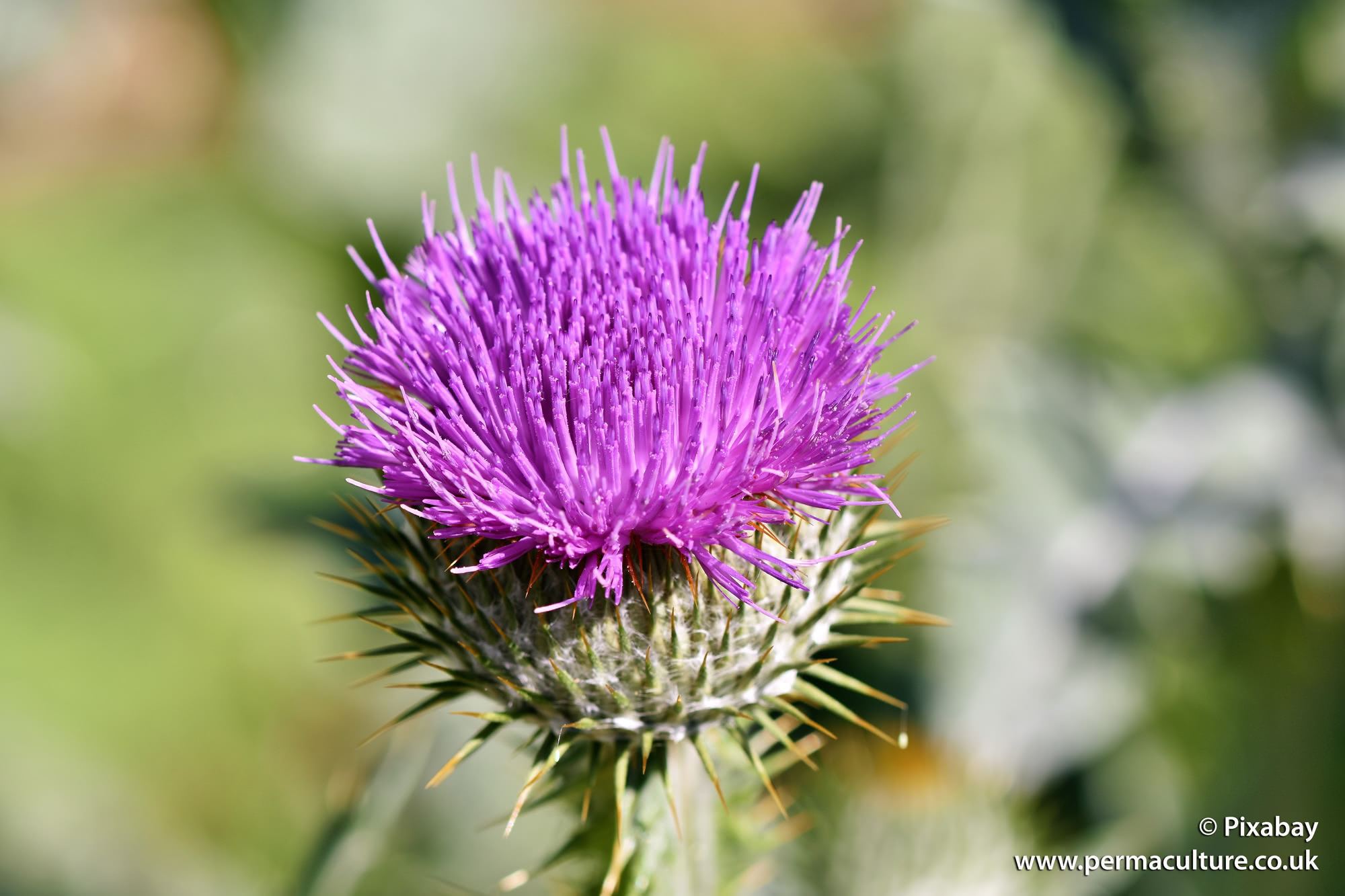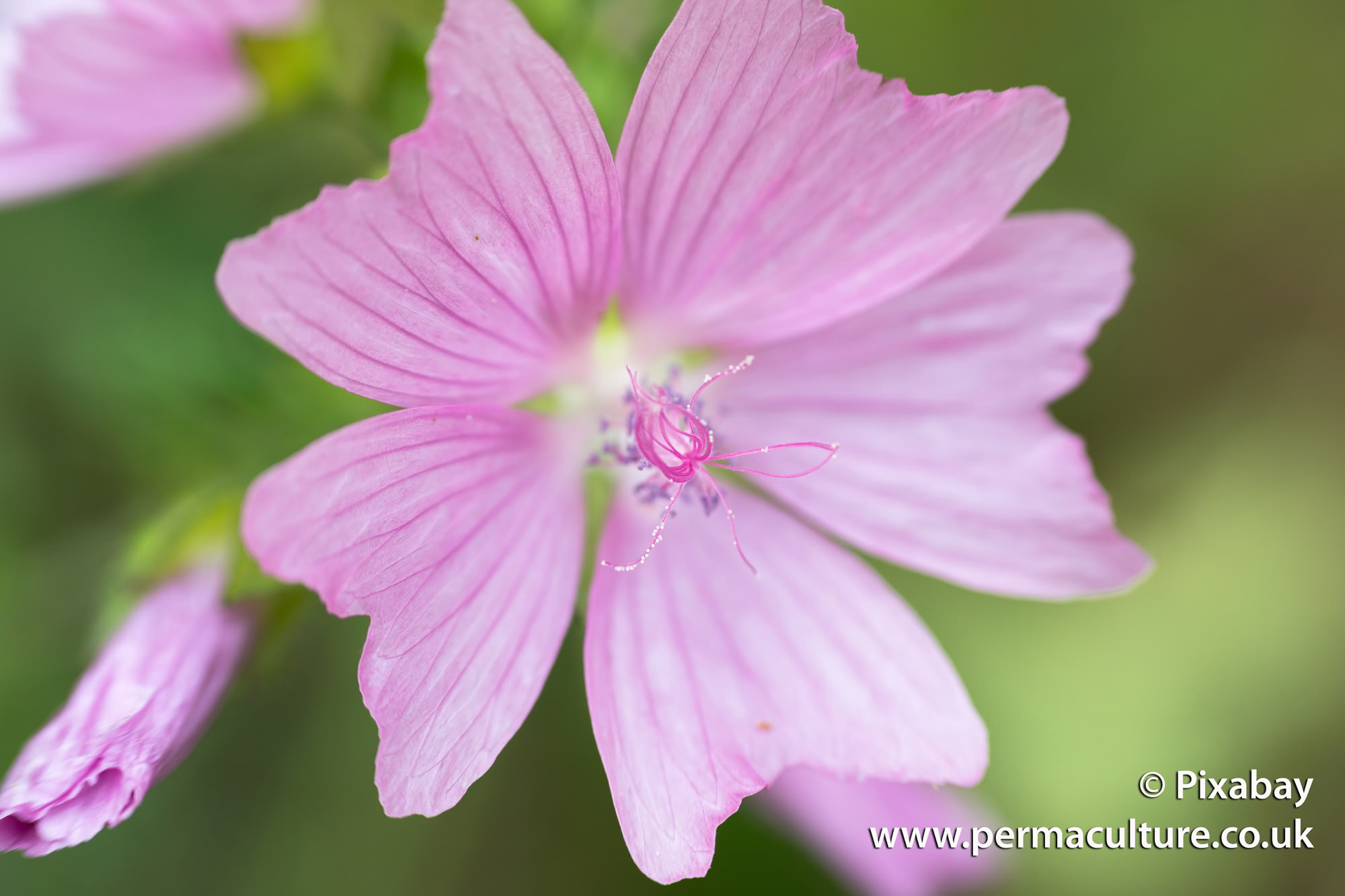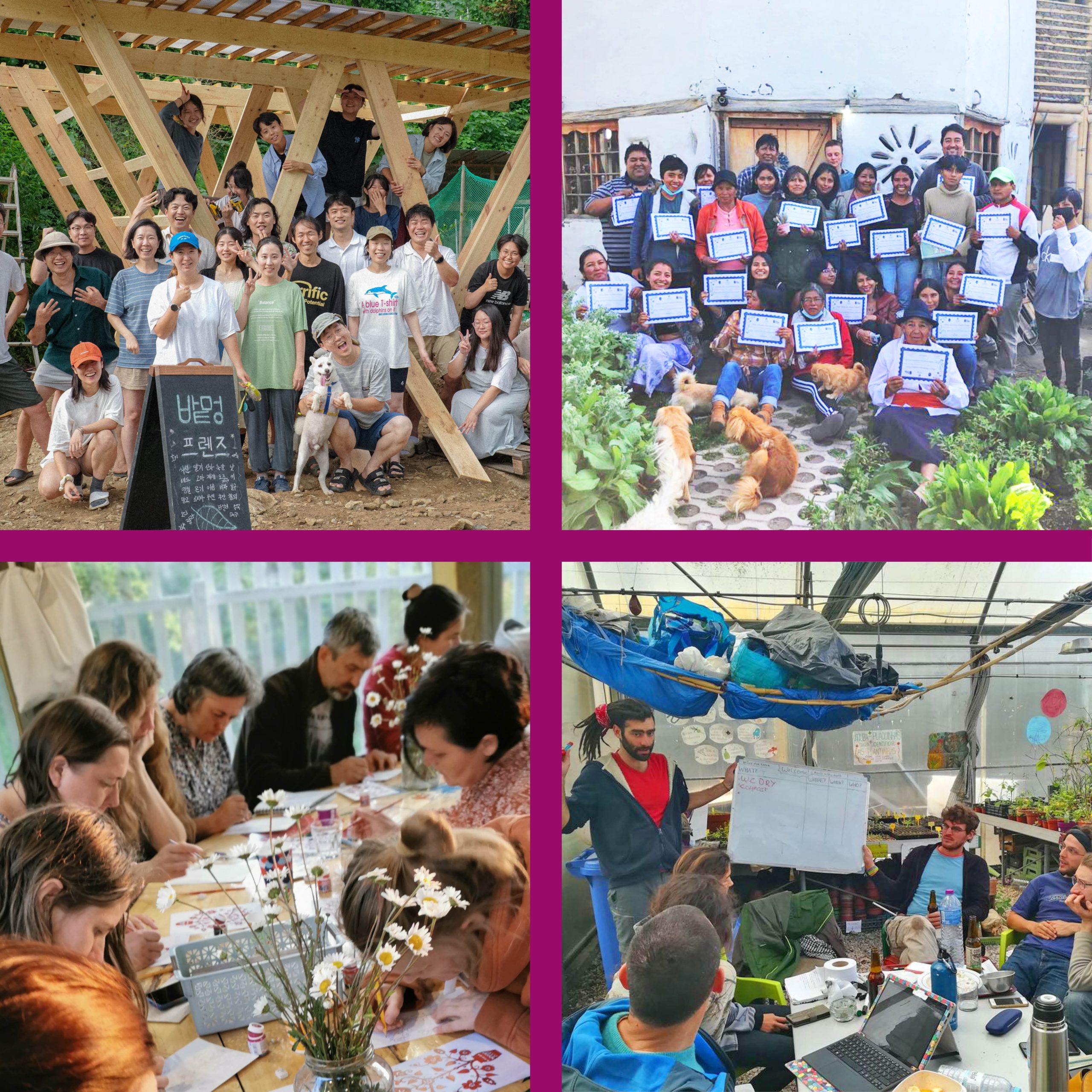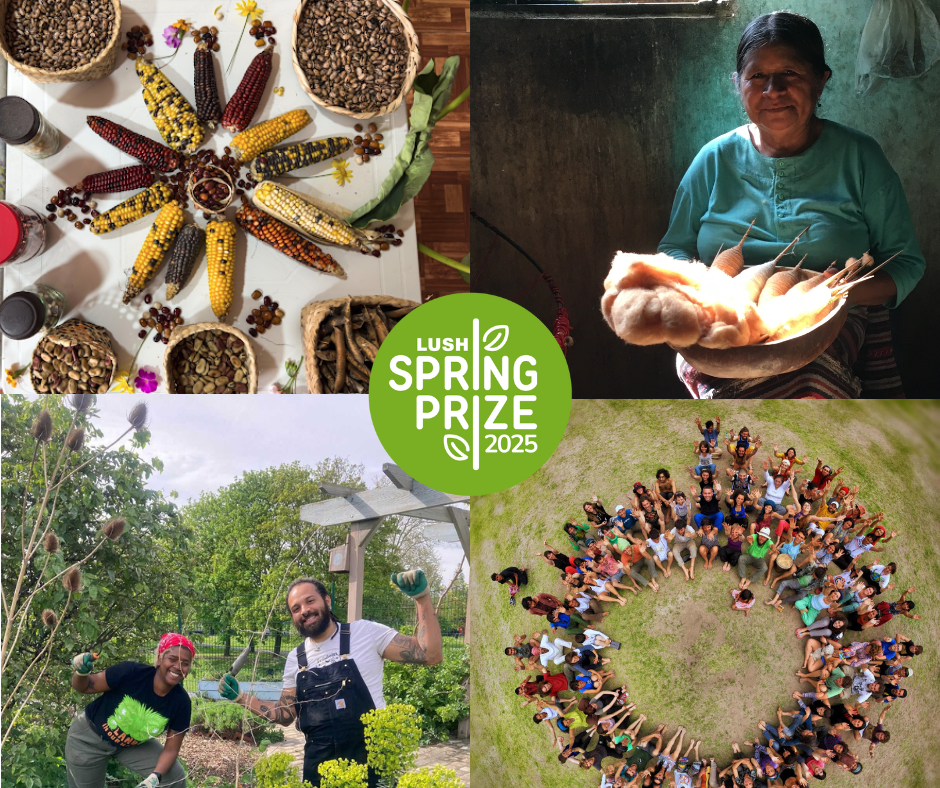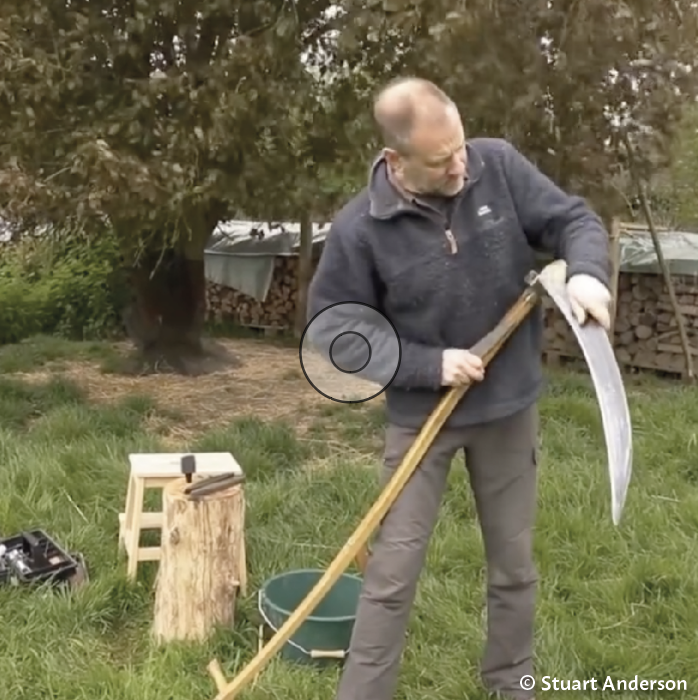Lammas is a celebration of the summer and the gathering in of the grain harvest. This was especially significant in the past. After all the hard work of getting the grain crop cut, threshed, stored and stacked, there came a time for feasting, celebration and assessment. Lammas is a Saxon name meaning ‘Loaf-mass’. Lughnasadh (pronounced Loo-nas-ah) is Irish Gaelic.
On Lammas Eve fires were lit on Lammas mounds such as Silbury Hill at Avebury, to honour the Corn Mother as she gives birth to her harvest child, the Grain. This is the seed that will bring next year’s harvest as well as the grain that will sustain life throughout the winter.
The month of August was the month of the Grain Mother. An ‘augur’ is an old word for seer and meant ‘increaser’. The great abundance of the Earth Mother is reflected in the titles she was given at this time: The Grain Mother, Barley Mother, Corn Mother, Demeter, Ceres, Cerealia, Grain, the Wise One of the Earth, the Increaser, She who is the seed, who is the womb, who is the soil, the Great Provider, the Preserver of Life.
Cutting the ‘corn’ seems to be a general term for all cereal crops, whether they are wheat, barley, rye or oats. There were many customs and rituals throughout Europe to honour the first and the last sheaf of corn to be cut. The last sheaf was often cut by the youngest girl present and fashioned into a Corn Maiden. It was carried joyfully back to the village, sometimes plaited and decked with ribbons, and usually hung over the fireplace. Sometimes it was dressed in women’s clothes, and ritually burnt on the Lammas Fire. Sometimes these Corn Maidens were kept until Yule when they were divided up amongst the cattle or kept until the spring. Sometimes they were kept with the date tied to them. Many Corn Maidens would be seen hanging above the fireplace.
In Scotland the ‘young maid’ was made out of the last stalks cut, and kept. The ‘old wife’ was made out of the first stalks cut and was passed on to the nearest farm that had not finished bringing in the corn. This was then passed round until it ended up at the last farm to be cut. Another old European custom was to weave the last sheaf into a large Corn Mother with a smaller corn doll inside it, representing next year’s unborn harvest.
The regenerative power of the Earth is never more manifest than now as the grain harvest is gathered in and the Sun’s cycle begins to wane. The Cauldron of Regeneration was central to Celtic spiritual understanding. We are renewed by sleep and darkness, through many deaths and rebirths, and by the sacrifice of our outer lives for the inner journey. Here at Lammas, the doorway to the inner realms is opening.
This is the symbolism behind the Demeter/Kore/Persephone story. Demeter, the Corn Mother, represents the ripe corn of this year’s harvest, and Kore or Persephone represents the grain-seed who lives in the dark throughout the winter and reappears in the Spring. Persephone’s descent into the Underworld is a mythical interpretation of the seed lying in the ground during the dark winter months, and her reappearance as the young maid, or the new sprouting seed, in the spring. This story shows us the Triple Goddess in all her aspects: as Earth Mother, the abundant provider; as the Crone, the wisdom found within; and as the Maiden who returns renewed in the spring. Pluto/Hades’ abduction of Persephone is a later reworking of this older myth.
After all the manifest energy and activity of the early summer, it is good to make time now to rest and to assimilate all that has happened during the Sun’s active phase. Lammas celebrations would probably have begun with the cutting of the last sheaf of corn. Although the 2nd of August is the calendar date for Lammas, the great Lammas fairs and feasts would probably have lasted from mid July to mid August and would have peaked around the time of the harvest Full Moon. Once the grain had been safely gathered in and the men returned from their hunting trips, it was a time for feasting, dancing and merry-making, a great celebration of the first of the harvest and assessment of the year’s achievements. Beer, wine, cider and whisky made from the previous year’s harvest, were ritually drunk, celebrating the transformative power of Fire and Water. Cooking fires were honoured as they too embodied the power of Fire and Water. Bread was made from the new grain and thanks were given to the Sun’s life energy reborn as the bread of life.
This is a busy time for harvesting herbs and collecting herb seeds to sow in the spring. Give thanks and blessings as you pick them, dry them and store them. Review what you know about them and ways you can use them both physically and metaphysically.
Harvest sage at the end of July, before the flowers have come out. Sage is a herb associated with wisdom and releasing blocks in expression. It is connected to the throat chakra and is for those who have something to say but cannot let it out. It will help you express your emotions. Make the herb tea in the usual way. The infusion is a useful antiseptic herb for sore throats, laryngitis, tonsillitis, mouth ulcers and mouth infections.
It can be used as a gargle, for bathing wounds, sores, and to stop bleeding. Use the tea infusion externally and then drink afterwards as well. It will dry up excess secretions such as catarrh or sinusitis.
It contains oestrogen and is useful in the menopause and for delayed menstruation. Burn dried sage to cleanse and purify. Waft the smoke around a person to cleanse their aura (called smudging). This is a good way to begin any ritual or ceremony.
N.B. It must not be taken if pregnant, and because of its drying action, it must not be taken for long periods of time. It will dry up mother’s milk. Care must be taken by those who are insulin-dependent, and to be avoided by epileptics.
Garlands of meadowsweet were traditionally worn for the Lammas celebrations. Its heady perfume expands the psyche, and builds inner strength. It enhances flexibility and connection to the inner levels. It is a mild sedative and painkiller containing salicylic acid (aspirin) that affects the rate at which blood clots. It is a good digestive tonic that reduces excess acidity and is useful for heartburn, hyperacidity, gastritis and peptic ulcers. As it cleanses the body of harmful acids, it is useful for any inflammatory conditions such as rheumatoid arthritis. It is a strong diuretic (increases urine) and can be used for any bladder or kidney complaint including cystitis. It reduces stagnation in the liver and therefore will help the immune system function more effectively. Its harvest time is July and August when the flowers are just beginning to open. Collect them in brown paper bags to dry for later use.
N.B. Avoid if on anti-coagulant drugs.
—
This is an extract from Glennie Kindred’s Sacred Earth Celebrations, which inspires us to celebrate the bounties of our wild native plants and find a richer relationship with the natural world around us.
You can also get the beautiful colour illustration of the Sacred Earth Celebrations cover on our organic clothing and bags HERE.
Seasonal Pesto and Hummus Recipes
Spring Equinox – 21st - 22nd March
Celebrating the Seasons: Autumn’s wild edge – September to October
Glennie Kindred is the author of twelve books on Earth wisdom, native plants and trees and celebrating the Earth’s cycles, and is a highly respected teacher and much loved expert on natural lore and Earth traditions.
